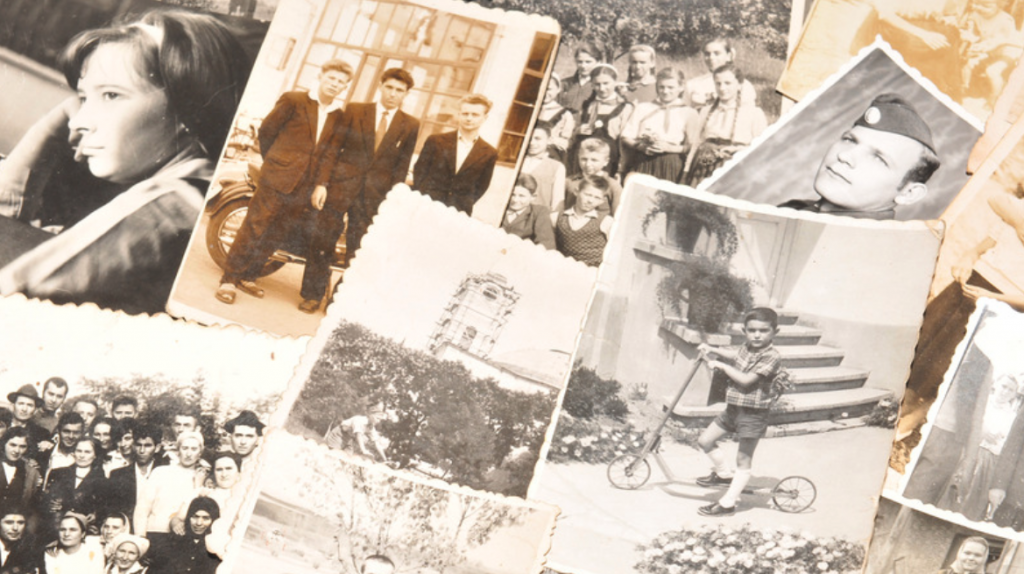Using Photos in Genealogy
 30
30Apr
There are many wonderful, special memories that family photos hold. Many of these pictures are tucked away, stored in attics, boxes, or in drawers. Some of these might be printed or maybe they are saved to memory cards. There are likely pictures that haven’t been discovered by your family stored in local histories, museums, archives, and libraries. It is important for these photos to be found, properly documented, and used so these precious memories can be preserved and shared with the generations to come.
Properly Labeling Photos
When labeling your photos it is important to name each person in the photograph in the order that they appear. It’s also wise to include the ages of each person, where the photo was taken and why (friend party? family gathering? etc.), and who took the picture. Note whether or not the photo is original or a copy. If it is a copy, include where the original photo or negative is located. Make sure all the information you’re recording is clear and understandable, as to not confuse anyone reading at a later time. All that is written should answer most questions that may come up.
Document by Using Photos
When it comes to genealogy and family history research, photos are used more and more to help tell stories. Included in the written stories or family members should be pictures. For example, the photo of your great-grandparents should be included in the story of your grandfather’s birth. For future picture takers (and, now-a-days, videos!), it is important to document the date and location. In the case of the example, if known, include the room the floor and delivery room number, any known doctors and nurses, and any other pertinent information. Including this type of information is important, especially if that particular hospital is knocked down or remodeled for another type of building.
Photos from Outside Collections
With a lot of effort and a little luck, you may be able to find pictures from other resources and get copies. Be certain to check in any likely place for photos: museums, historical societies, and libraries in the areas where your past family lived. These places may have photos of your ancestors stored in their photo database. It doesn’t hurt to look and ask!
Using Photos Helps with Research
Using photos in your research can be extremely helpful and can lead or spark new ideas and information. They could help you pinpoint “missing” or unknown family members. They can help confirm important days such as birthdates, weddings, or death dates.
Include photos in your records to help liven up stories that might otherwise be dull. Pictures add life and realness to stories (specifically for younger readers), so include them as often as possible. Real photos of real people in real situations enhance these past stories enormously.
Lastly, it is very important to note that the current generation and the time that we’re all living in is a “throwaway generation.” Photos and videos taken and memories made may not make it on to paper. They are often quickly deleted and forgotten. Now is the time to preserve what we have. Using high quality materials and taking proper precautions will ensure that they last for years and generations to come.
